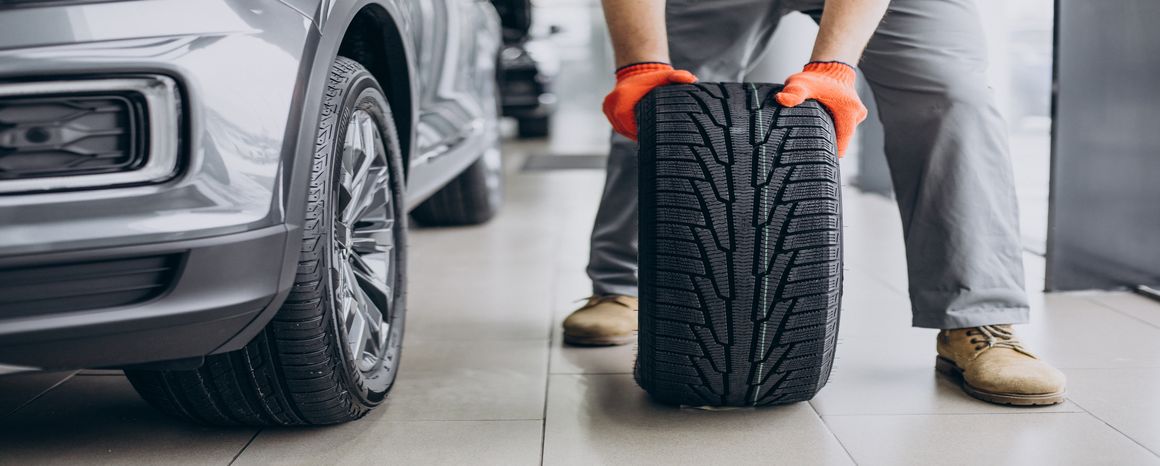It is a fact well-known to all of us that tyres, in a vehicle, play the role of the backbone of a body. Without them, a vehicle is unable to move, let alone run.
So when something is this important, it becomes necessary for you to take care of it and its functions.
Just like that, tyre rotation is very necessary for the health of your tyres.
In this article, you are going to find out all you need to know about tyre rotation.
Definition and Importance of Tyre Rotation:
Tyre rotation is about changing the position of tyres every once in a while to distribute the wear among all the tyres. It is also essential for the good lifespan of your tyres and keeps them in good shape and health.
Since every wheel experiences different types of wear, it is vital to change the position after every 5000 kilometers or as recommended by your expert. Different wear of each tyre pinpoints to the individual experience every tyre gets. For instance, the front tyres experience more friction than the rear tyres because of all the acceleration, braking, and stuff like that. So it is a good idea to change their position now and then so that every tyre experiences the same wear.
The Benefits of Regular Tyre Rotation:
Enhanced Tyre Lifespan:
One of the primary benefits of regular tyre rotation is the extended lifespan of your tyres. As mentioned earlier, each tyre experiences different types of wear depending on its position on the vehicle. By rotating the tyres, you ensure that the wear is distributed evenly among all four tyres. This even distribution prevents one or two tyres from wearing out significantly faster than the others, leading to a longer lifespan for your tyres overall.
Improved Performance and Handling:
Unevenly worn tyres can negatively impact your vehicle’s performance and handling. If the front tyres wear out more quickly than the rear ones, it can affect your vehicle’s braking and cornering abilities. By rotating the tyres, you maintain a consistent level of tread depth across all four tyres, ensuring optimal traction and control. This promotes better handling and a smoother, safer driving experience.
Enhanced Fuel Efficiency:
Tyres that are properly maintained and evenly worn contribute to better fuel efficiency. Unevenly worn tyres can create uneven rolling resistance, which leads to increased fuel consumption. By rotating the tyres, you reduce rolling resistance and promote smoother movement, resulting in improved fuel efficiency and cost savings at the pump.
Cost Savings:
Regular tyre rotation can save you money in the long run. As tyres wear out evenly, you won’t have to replace one or two tyres prematurely. Instead, you can maximize the lifespan of all four tyres, reducing the frequency of tyre replacements and saving you the expense of buying new tyres sooner than necessary.
Safety First:
Tyres that are in good condition and evenly worn are essential for your safety on the road. Unevenly worn tyres can increase the risk of hydroplaning on wet surfaces and reduce the overall grip and stability of your vehicle. By rotating the tyres, you ensure that each tyre maintains a sufficient tread depth, improving traction and safety in various driving conditions.
What to Keep In Mind While Rotating Tyres:
Whenever you are about to rotate your vehicle’s tyres, there are a few things that you would want to keep in your mind.
- The first important thing is to know if your vehicle is a four-wheel drive, front, rear, or all.
- Is the size of your front and rear tyres the same? Or are they of different sizes?
- Next important thing to know is that your tyres directional. Because directional tyres’ tread pattern is set to rotate in a single direction. Or are they non-directional?
- Lastly, about the spare tyre. Is your spare tyre of the same size that can be rotated or is it the mini one?

